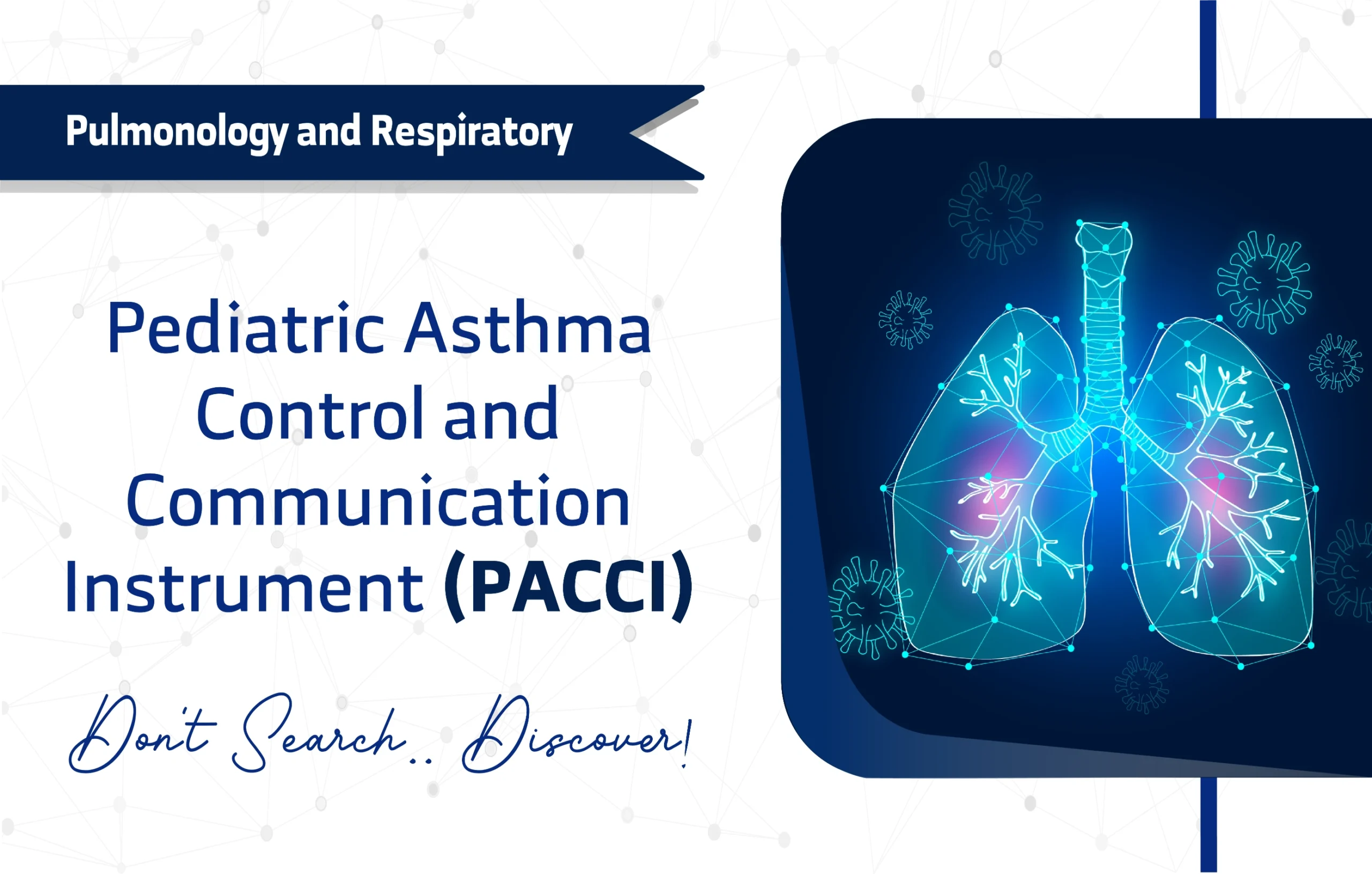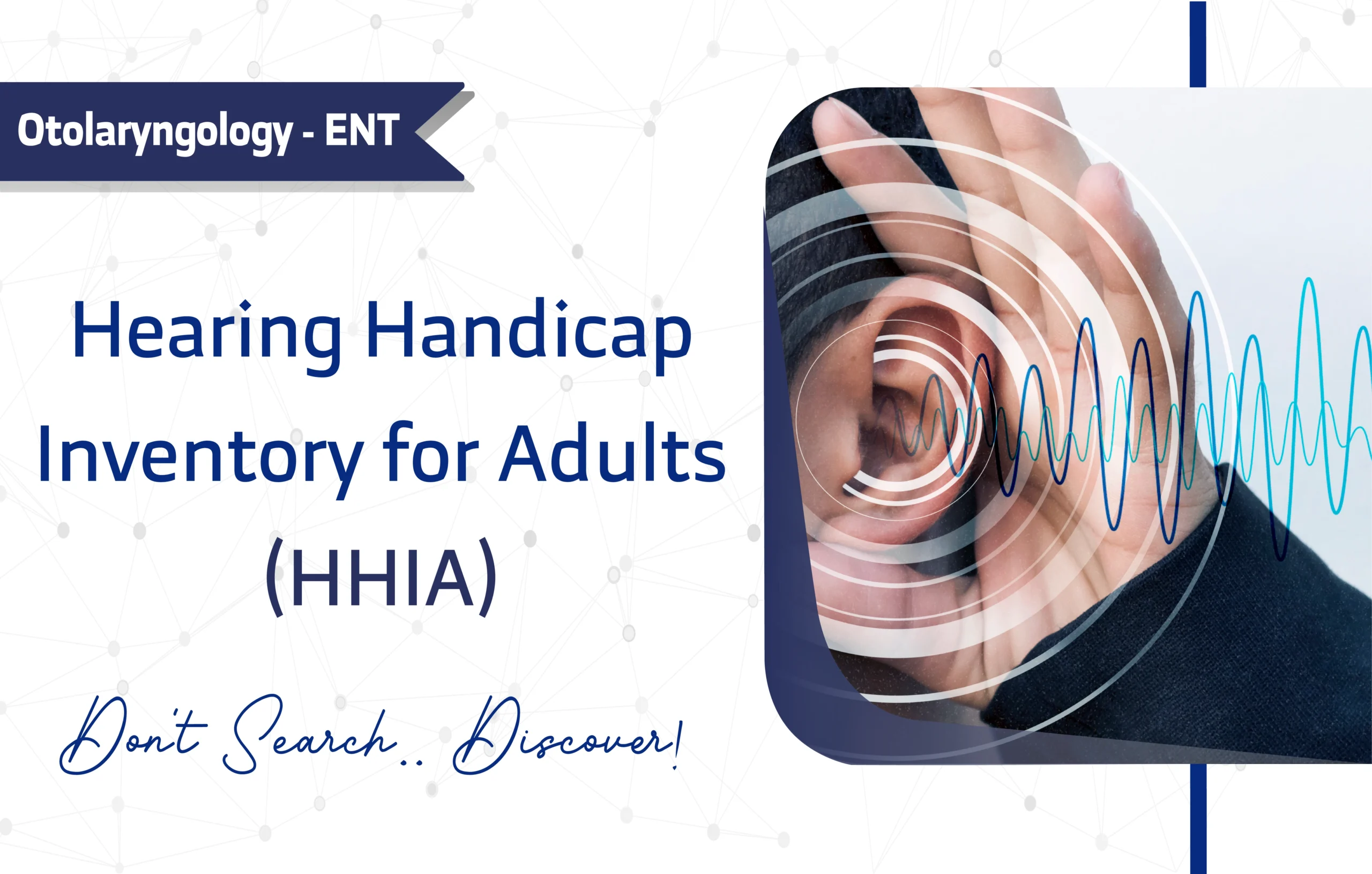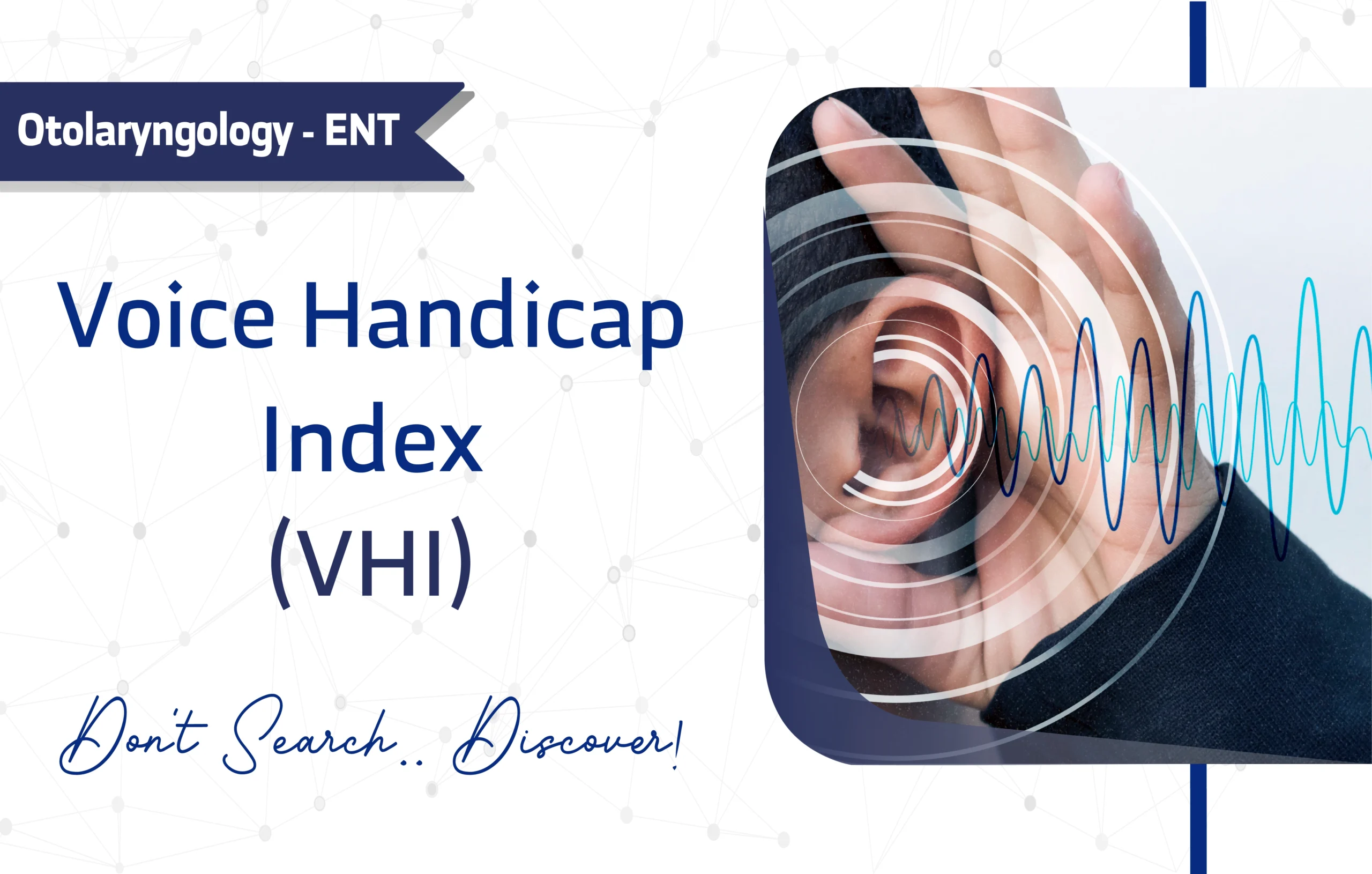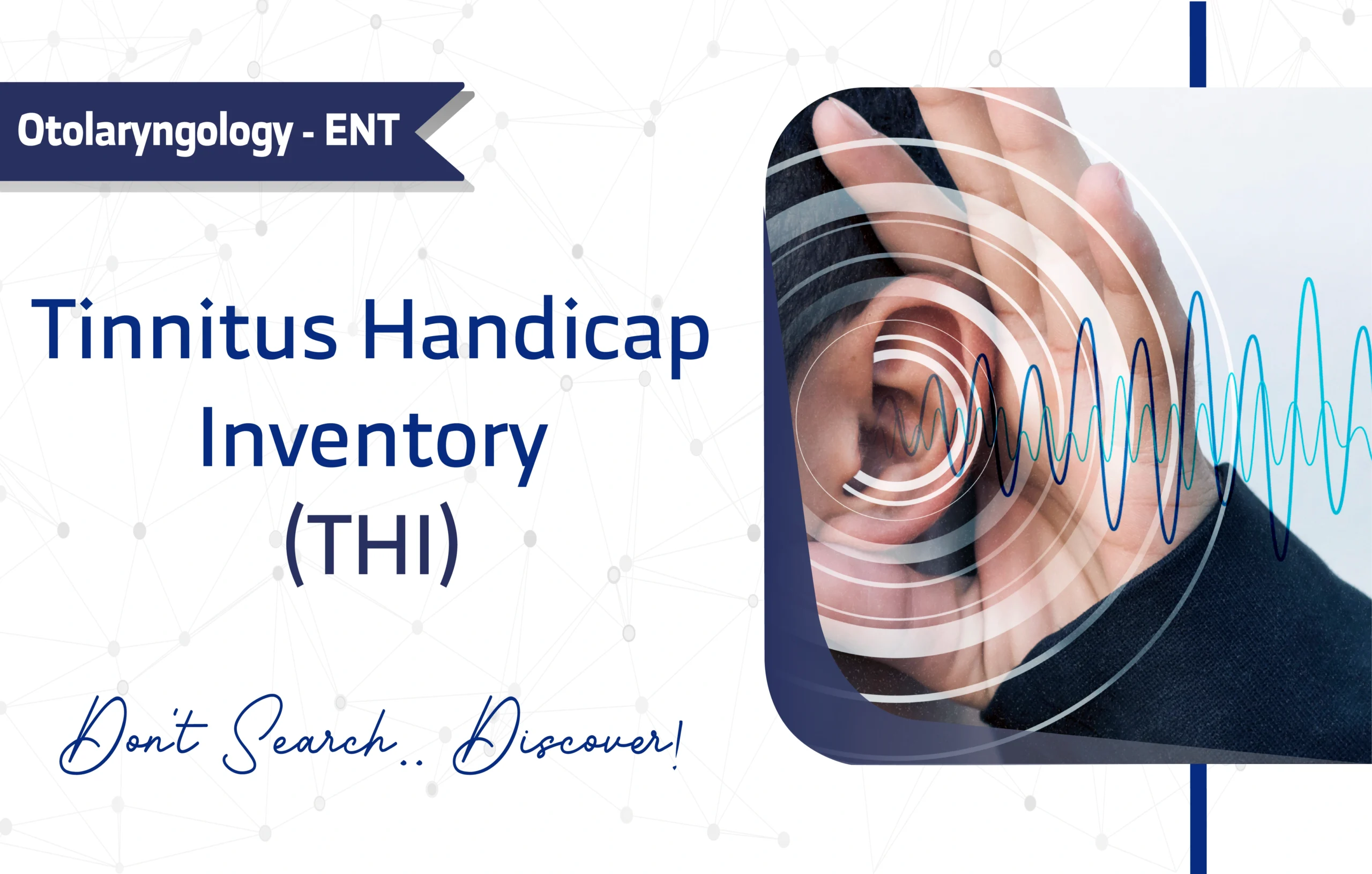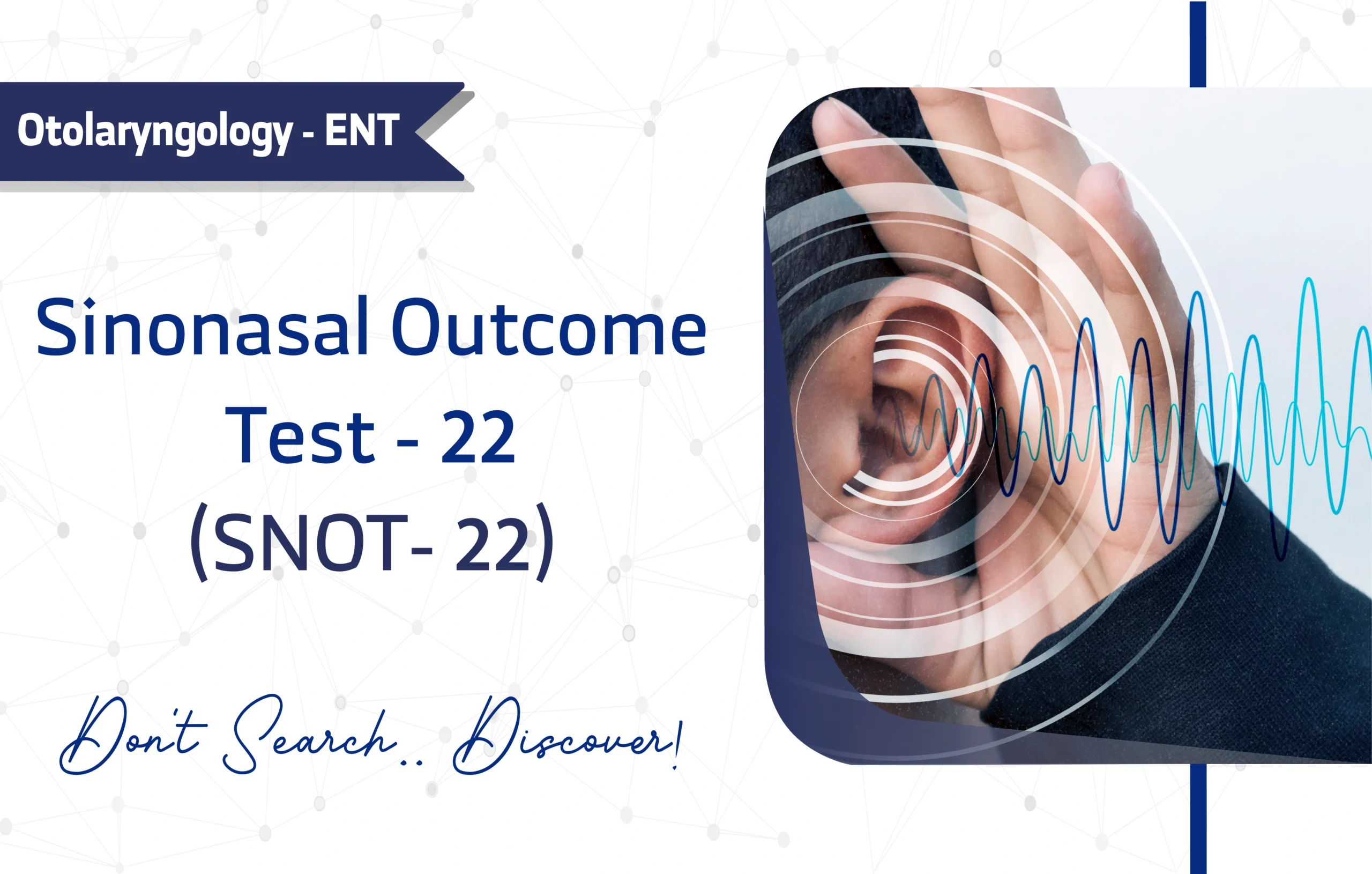Introduction
The Pediatric Asthma Control and Communication Instrument (PACCI) is a 12-item questionnaire designed for completion by parents of children aged 2 to 12 years with asthma. Developed in 2013 by Sande O. Okelo, Michelle N. Eakin, Cecilia M. Patino, and colleagues, the instrument was first introduced in The Journal of Allergy and Clinical Immunology (JACI). Since its publication, the PACCI has received over 150 citations on Google Scholar, reflecting its notable influence in the field of pediatric pulmonology.
This article offers a comprehensive overview of the PACCI, including its structure, clinical and research applications, and potential limitations. It aims to serve as a practical resource for both clinicians and investigators involved in pediatric asthma care and assessment.
Key Features of the Pediatric Asthma Control and Communication Instrument (PACCI)
Purpose and Use
The primary purpose of the PACCI is to measure the level of asthma control and enhance communication within the clinical triad of caregiver, child, and provider. Unlike tools that focus solely on symptom counting, the PACCI uniquely integrates questions about healthcare interactions. For this reason, this unique approach makes it an invaluable asset in clinical practice for holistic patient management and, furthermore, in research trials evaluating the real-world effectiveness of interventions.
Target Population
Developers specifically designed the PACCI for parents or caregivers to complete on behalf of children with asthma who are between the ages of 2 and 12. Moreover, its focus on this younger demographic ensures that the questions remain relevant to the early years of asthma management, which is a critical period for establishing long-term health outcomes.
Structure
The instrument consists of 12 questions that delve into three key sub-domains: asthma symptom control, medication use, and healthcare communication. In addition, the questions cover a range of topics, including symptom frequency, use of rescue medication, asthma attacks, limitations on activities, and nocturnal symptoms.
Importantly, the questionnaire is efficient, taking only 5 to 10 minutes to complete. This feature certainly enhances its practicality in busy clinical settings.
Scoring Method
The PACCI employs a straightforward scoring system with multiple interpretation methods:
- Sum Score: To begin, clinicians calculate this score by summing the values of each response (0–5 for questions 7, 8, 10, and 11; 0–4 for question 9), which results in a total score between 0 (best asthma control) and 19 (worst asthma control).
Problem Index: Next, for the five key control items (questions 7–11), this method assigns a dichotomous score of zero for “green” (well-controlled) responses and one for all other responses. Consequently, the sum ranges from 0 (no control problems) to 5 (five control problems).
Categories: Subsequently, clinicians classify asthma control into four categories—controlled, partly controlled, uncontrolled, or poorly controlled—based on the sum score and problem index.
A total symptom score of 4 or higher generally indicates poor asthma control, therefore providing a clear threshold for clinical action.
Administration Format
The PACCI offers excellent flexibility in its administration. For instance, healthcare teams can deploy it through various formats, including:
- Paper-based forms
Digital (Online) platforms
Interviews (In-person)
Phone or video calls
Applications of Pediatric Asthma Control and Communication Instrument (PACCI)
The PACCI is a multi-purpose instrument that serves several critical functions in both clinical and research environments:
Screening: First, it quickly identifies children with poor asthma control who may require intervention.
Monitoring: Also, the tool is effective for tracking a patient’s asthma control over time and in response to treatment adjustments.
Treatment Planning: In addition, by highlighting specific areas of concern (e.g., nocturnal symptoms, communication gaps), it helps clinicians tailor management plans.
Research: Finally, its robust nature makes it a reliable endpoint for clinical trials assessing the efficacy of new pediatric asthma therapies.
Languages and Availability
To support its use in diverse populations, the PACCI is available in several languages, including English, Spanish, and Portuguese. This multilingual support unquestionably enhances its utility in global health initiatives and international research collaborations.
Additionally, the instrument is available at no cost under an Open Access license, making it highly accessible to researchers and clinicians worldwide.
Reliability and Validity
Experts recognize the PACCI as a highly reliable and valid questionnaire for its intended purpose. Specifically, a strong Cronbach’s alpha ranging from 0.70 to 0.80 supports its psychometric soundness, which indicates good internal consistency among its items. Moreover, several studies have established further validation, confirming its ability to produce stable and accuratemeasurements. Key validation studies include:
Limitations and Considerations
Despite its strengths, the PACCI has a few limitations to consider:
Self-report measure: Since parents or caregivers provide the responses, recall or social desirability bias may influence the results.
Not diagnostic: Developers designed the tool for assessing control and communication, not for diagnosing asthma itself.
Language Barriers: While it is available in multiple languages, it may not be accessible for all populations, thereby creating potential barriers.
Limited Validation Studies: Although validated, the number of extensive validation studies is still growing.
Other Versions and Related Questionnaires
For clinicians and researchers working with different age groups or seeking complementary assessments, related tools are available:
- Other Versions:
- An adult version of the instrument, the Asthma Control and Communication Instrument (ACCI), exists for patients beyond the pediatric age range.
- Complementary Questionnaires:
- Asthma Control Test (ACT)
- Childhood Asthma Control Test (C-ACT)
Additional Resources
For more information on the PDI and to access the full questionnaire, visit the following resources:
- A direct link to the Original Validation Study.
Review the Validation study on Identifying At-Risk Children.
- You can access the questionnaire as a PDF through this link.
- For inquiries, contact Sande O. Okelo, the first author of the questionnaire, at sandeokelo@jhmi.edu.
- For additional PACCI resources, consult the Journal of Allergy and Clinical Immunology (JACI).
Frequently Asked Questions (FAQ)
Who can use the PACCI?
Clinicians, researchers, and healthcare providers use the PACCI for children aged 2 to 12 with asthma, with a parent or caregiver typically completing the questionnaire.How long does it take to complete the PACCI?
Parents or caregivers typically take 5 to 10 minutes to complete the questionnaire; therefore, it is highly feasible for use in both clinical and research settings.How is the PACCI administered?
Healthcare teams can administer the questionnaire via paper, digital, interview, or phone/video call formats, which offers significant flexibility.Is there any cost to using the PACCI?
No, the PACCI is free to use, and it operates under an Open Access license.
A Word from ResRef about Pediatric Asthma Control and Communication Instrument (PACCI)
The PACCI is a brief, practical tool that combines asthma control assessment with an evaluation of healthcare communication, and as a result, it is exceptionally valuable for clinical practice. Its user-friendly design, coupled with its robust scoring system, empowers clinicians to quickly identify at-risk children and, in turn, foster more productive conversations with families. For researchers, it offers a reliable instrument for measuring patient-centered outcomes. Ultimately, by bridging the gap between clinical data and patient experience, the PACCI helps drive more effective, personalized asthma care.
References
- Okelo SO, Eakin MN, Patino CM, Teodoro AP, Bilderback AL, Thompson DA, Loiaza-Martinez A, Rand CS, Thyne S, Diette GB, Riekert KA. The Pediatric Asthma Control and Communication Instrument asthma questionnaire: for use in diverse children of all ages. J Allergy Clin Immunol. 2013 Jul;132(1):55-62. link
- Wu, D. J., Hipolito, E., Bilderback, A., Okelo, S. O., & Garro, A. (2016). Predicting future emergency department visits and hospitalizations for asthma using the Pediatric Asthma Control and Communication Instrument – Emergency Department version (PACCI-ED). Journal of Asthma, 53(4), 387–391. link
- Goldberg, E. M., Laskowski-Kos, U., Wu, D., Gutierrez, J., Bilderback, A., Okelo, S. O., & Garro, A. (2013). The Pediatric Asthma Control and Communication Instrument for the Emergency Department (PACCI-ED) improves physician assessment of asthma morbidity in pediatric emergency department patients. Journal of Asthma, 51(2), 200–208. link


